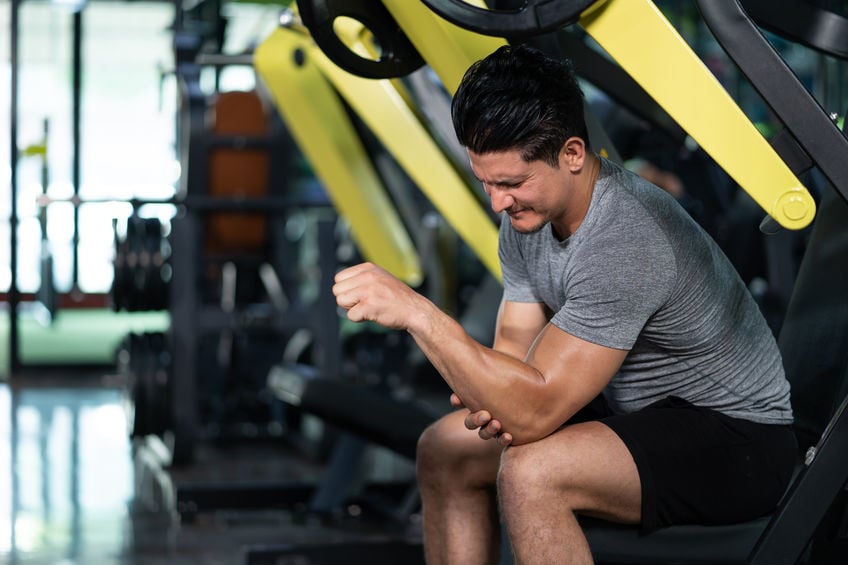Speeding Up Recovery After Replacement
Hip replacement surgery is a life-changing procedure that can alleviate chronic hip pain, increase mobility, and improve quality of life. However, life after hip replacement requires patience, dedication, and a commitment to physical therapy (PT) for the best results. While the rehabilitation process can be long and arduous, certain lifestyle habits can slow recovery and prolong the healing process.

1. Inactivity and lack of exercise
A big mistake many patients make after hip replacement is being inactive and avoiding physical activity. While patients may be tempted to rest after surgery, inactivity can lead to muscle weakness and decreased range of motion (ROM), making regaining strength and mobility harder. Start PT and follow an exercise regimen prescribed by the therapist as soon as possible. Physical therapy will help to improve circulation, reduce swelling, and increase strength and flexibility in the hip joint. Regular exercises, such as walking, swimming, or cycling, can also help prevent blood clots from forming and reduce the risk of post-operative complications.
2. Overloading the hip joint
After hip replacement, avoid overloading the new joint and putting too much stress on the surrounding muscles and tissues. Overloading the hip joint can be a result of carrying heavy objects, engaging in high-impact activities such as running or jumping, or bending down or twisting at the waist. Overloading the hip joint can cause pain, inflammation, and even dislocation, all of which can slow down recovery and set back progress. Follow the restrictions and guidelines set by the doctor or physical therapist, and avoid activities that put too much stress on the hip joint until the area is fully healed.
3. Ignoring pain
After a hip replacement, many people may ignore pain, but patients should listen to the body after the surgery. While some discomfort is expected during the initial healing process, persistent pain or discomfort should be addressed immediately. Ignoring pain can lead to further injury, slow recovery, and even cause long-term damage. Patients experiencing pain or discomfort should talk to a doctor or physical therapist to determine the cause and address the issue appropriately.
Caring for the new hip
Proper care after surgery is crucial for a successful recovery after hip replacement surgery. Post-operative care includes keeping the incision clean and dry, elevating the hip to reduce swelling, managing pain with medication, and following a physical therapy schedule. Patients should also avoid activities that put too much stress on the hip joint and wear compression garments as recommended by the doctor or physical therapist.
Road to recovery
Hip replacement surgery is a major procedure, but with proper care and commitment to rehabilitation, patients can enjoy a successful recovery and a better quality of life. Avoiding inactivity, overloading the hip joint, and ignoring pain are all common habits that can slow down the recovery process. By following the guidelines set by the doctor and physical therapist, patients can avoid unhealthy habits and maximize the chances for a successful recovery.
More Articles from MVSC
March 29, 2024
Robotic total joint replacement uses a robotic arm to replace the joint. This innovative approach allows a quick return to activities.
October 13, 2023
Technology is transforming knee replacement surgery. Patients with arthritis should understand the advantages of robotic-assisted arthroplasty.
July 6, 2023
UCL reconstruction restores ROM and elbow stability. Tommy John surgery is for unresolved complete tears or overhead activities.
June 14, 2023
Jogging is a great way to stay physically fit, but knee pain can be an unwanted side effect. For some, joint replacement may be necessary.







